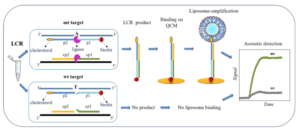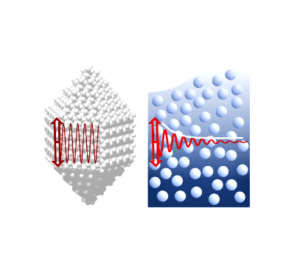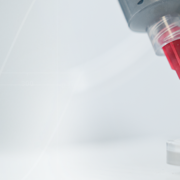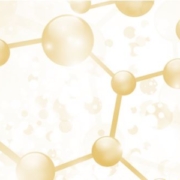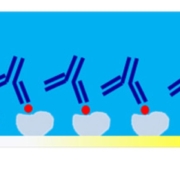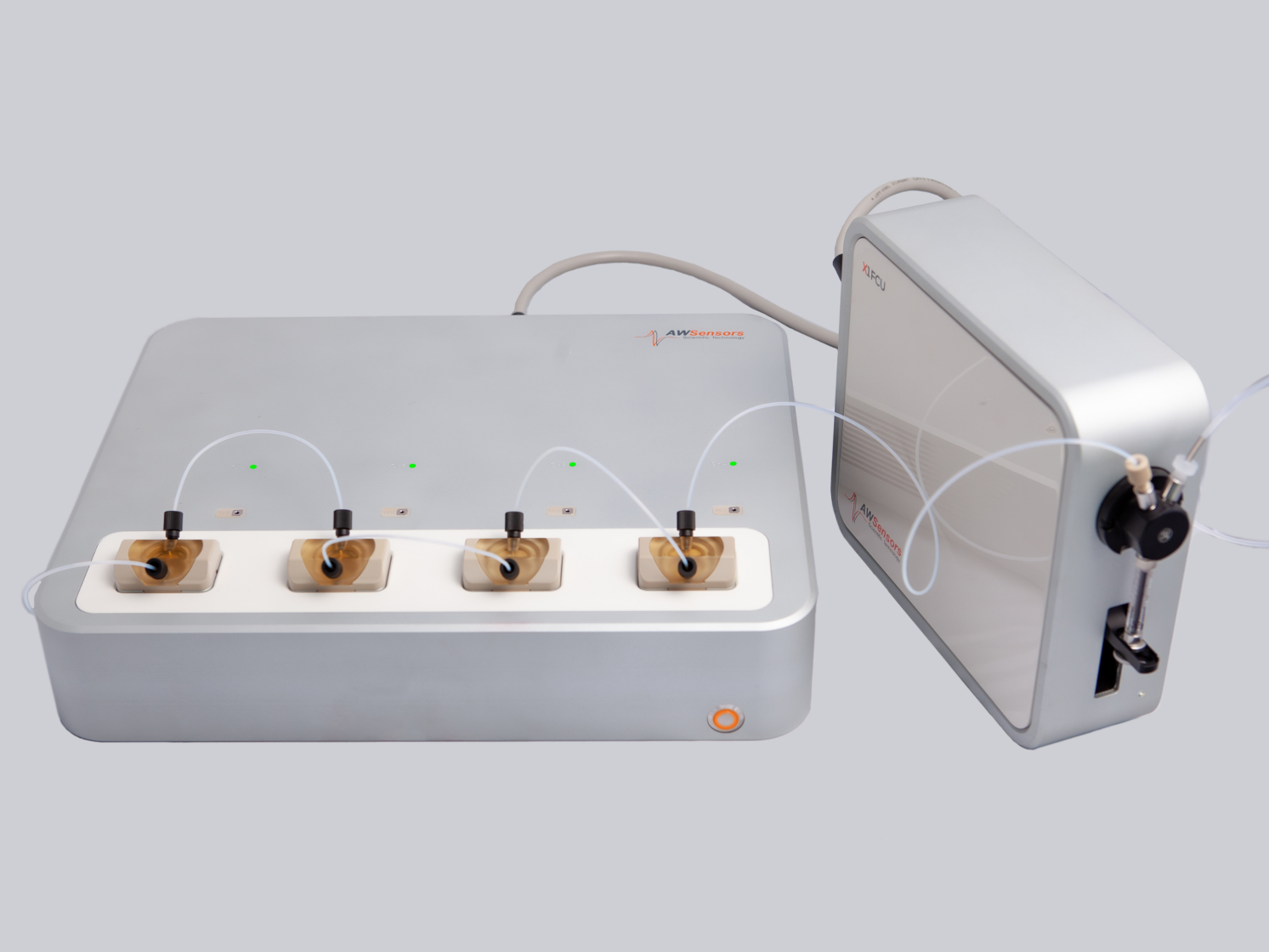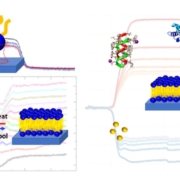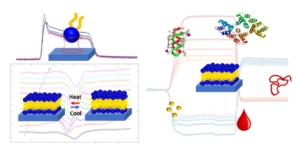Real-time monitoring of dephosphorylation process of phosphopeptide and rapid assay of PTP1B activity based on a 100 MHz QCM biosensing platform
Authors: Shuping Liu, Qingqing Zhang, Xiaohua Zhang, Cuicui Du, Jinhua Chen, Shihui Si
Journal: Talanta
Abstract
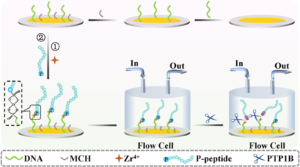 The misregulation of protein phosphatases is a key factor in the development of many human diseases, notably cancers. Here, based on a 100 MHz quartz crystal microbalance (QCM) biosensing platform, the dephosphorylation process of phosphopeptide (P-peptide) caused by protein tyrosine phosphatase 1B (PTP1B) was monitored in real time for the first time and PTP1B activity was assayed rapidly and sensitively. The QCM chip, coated with a gold (Au) film, was used to immobilized thiol-labeled single-stranded 5′-phosphate-DNAs (P-DNA) through Au–S bond. The P-peptide, specific to PTP1B, was then connected to the P-DNA via chelation between Zr4+ and phosphate groups. When PTP1B was injected into the QCM flow cell where the P-peptide/Zr4+/MCH/P-DNA/Au chip was placed, the P-peptide was dephosphorylated and released from the Au chip surface, resulting in an increase in the frequency of the QCM Au chip. This allowed the real-time monitoring of the P-peptide dephosphorylation process and sensitive detection of PTP1B activity within 6 min with a linear detection range of 0.01–100 pM and a detection limit of 0.008 pM. In addition, the maximum inhibitory ratios of inhibitors were evaluated using this proposed 100 MHz QCM biosensor. The developed 100 MHz QCM biosensing platform shows immense potential for early diagnosis of diseases related to protein phosphatases and the development of drugs targeting protein phosphatases.
The misregulation of protein phosphatases is a key factor in the development of many human diseases, notably cancers. Here, based on a 100 MHz quartz crystal microbalance (QCM) biosensing platform, the dephosphorylation process of phosphopeptide (P-peptide) caused by protein tyrosine phosphatase 1B (PTP1B) was monitored in real time for the first time and PTP1B activity was assayed rapidly and sensitively. The QCM chip, coated with a gold (Au) film, was used to immobilized thiol-labeled single-stranded 5′-phosphate-DNAs (P-DNA) through Au–S bond. The P-peptide, specific to PTP1B, was then connected to the P-DNA via chelation between Zr4+ and phosphate groups. When PTP1B was injected into the QCM flow cell where the P-peptide/Zr4+/MCH/P-DNA/Au chip was placed, the P-peptide was dephosphorylated and released from the Au chip surface, resulting in an increase in the frequency of the QCM Au chip. This allowed the real-time monitoring of the P-peptide dephosphorylation process and sensitive detection of PTP1B activity within 6 min with a linear detection range of 0.01–100 pM and a detection limit of 0.008 pM. In addition, the maximum inhibitory ratios of inhibitors were evaluated using this proposed 100 MHz QCM biosensor. The developed 100 MHz QCM biosensing platform shows immense potential for early diagnosis of diseases related to protein phosphatases and the development of drugs targeting protein phosphatases.



